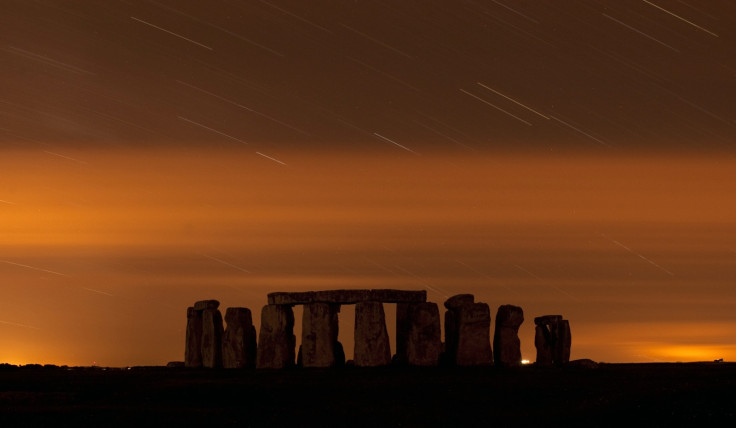Delta Aquarid meteor shower: Watch spectacular shooting stars live online

The Delta Aquarid meteor shower is set to peak next week (28-31 July 2015), lighting up the night sky with a display of shooting stars.
For those wishing to see the meteor shower from the comfort of their own home, the Slooh Community Observatory is set to host a live stream from various sites around the world. The shower is due to peak on 28 July, with a maximum hourly rate of 10 to 12 meteors. Occasionally, between 15 and 20 meteors are expected to be seen an hour.
All skywatchers should be able to see the display, although the event favours observers in the Southern Hemisphere and southerly latitudes of the Northern Hemisphere.
The meteors appear to radiate from a point near the Delta Aquarii star in the constellation Aquarius. Because of their angle into the atmosphere, the meteors leave long trails, which differentiates them from other meteors.
The Delta Aquarids are believed to originate from the comet 96P/Machholz. But while the short-period comet was only discovered in 1986, the shower has been observed since at least the 1870s. It is still, however, a bit of a mystery as to how the Delta Aquarids came about.
According to Slooh, a waxing gibbous moon will be out until after midnight, so the best time to try and spot the shower is a few hours before dawn.
To maximise your chances of spotting the shower, find an area with little light pollution and lie flat on your back for the best view of the sky. You can find a dark area using our guide.
A meteor shower occurs when Earth passes through the path of a comet. The particles of comet debris disintegrate and burn up as they collide with our planet's atmosphere. The pieces of debris that enter the Earth's atmosphere are called meteors.
© Copyright IBTimes 2025. All rights reserved.





















